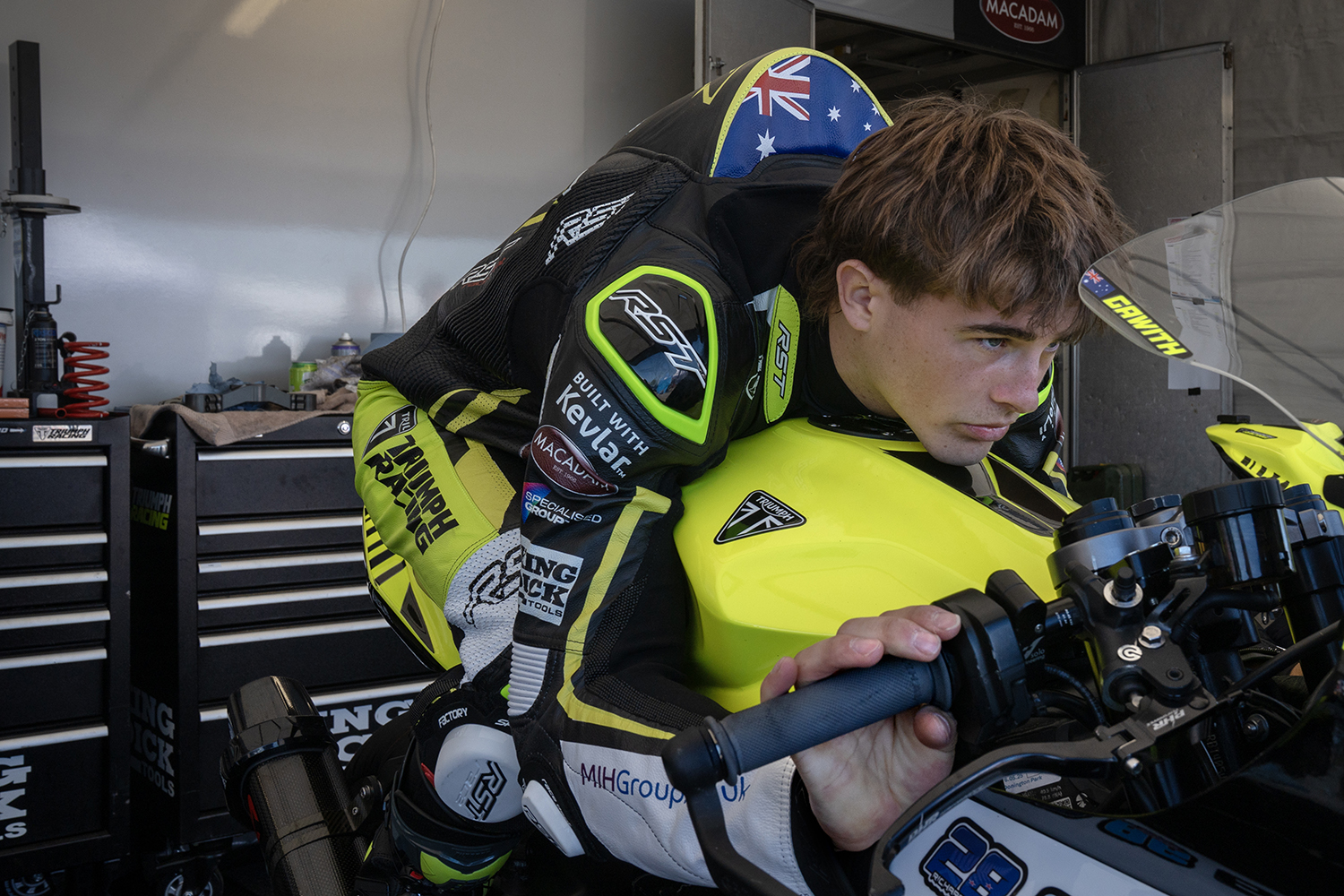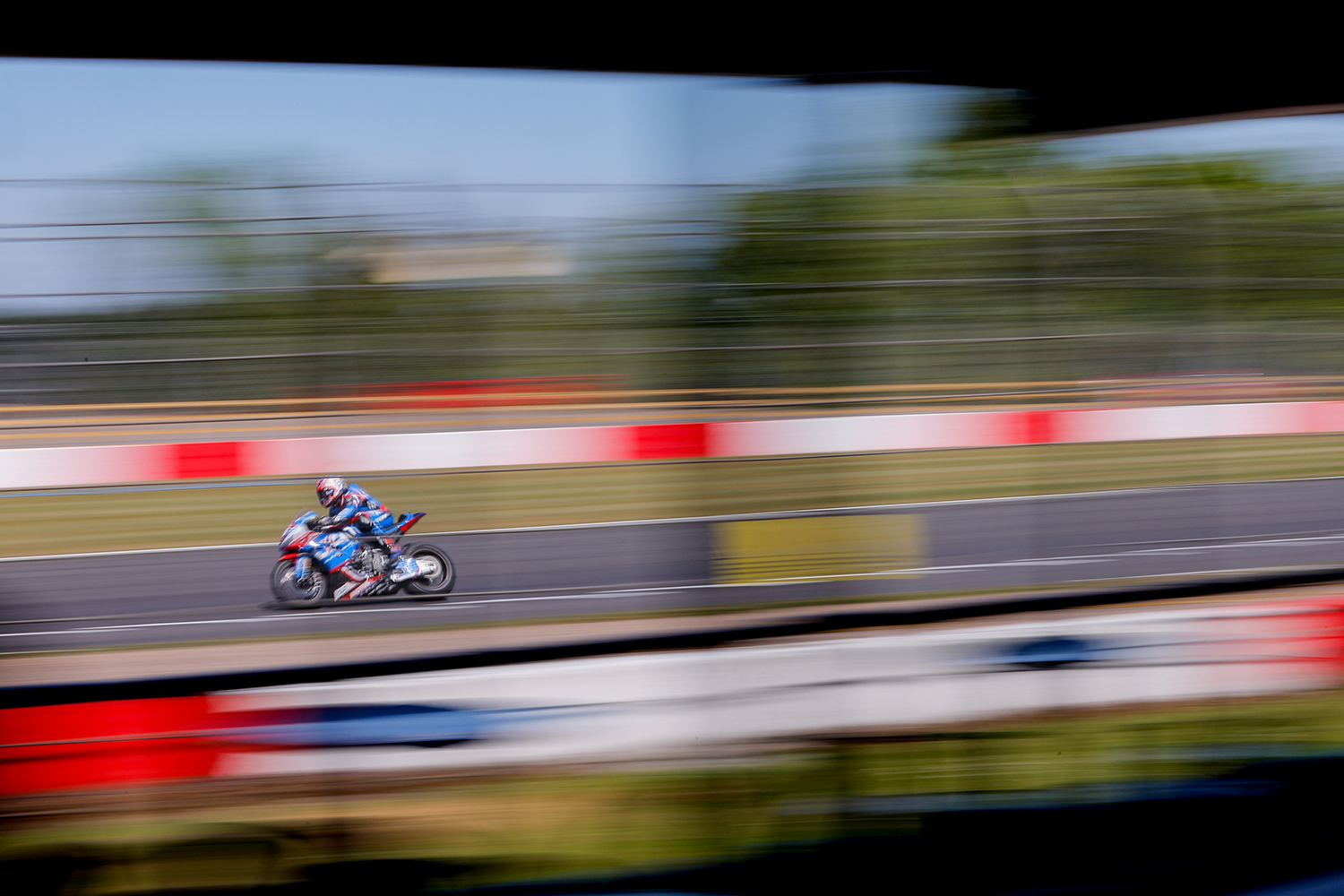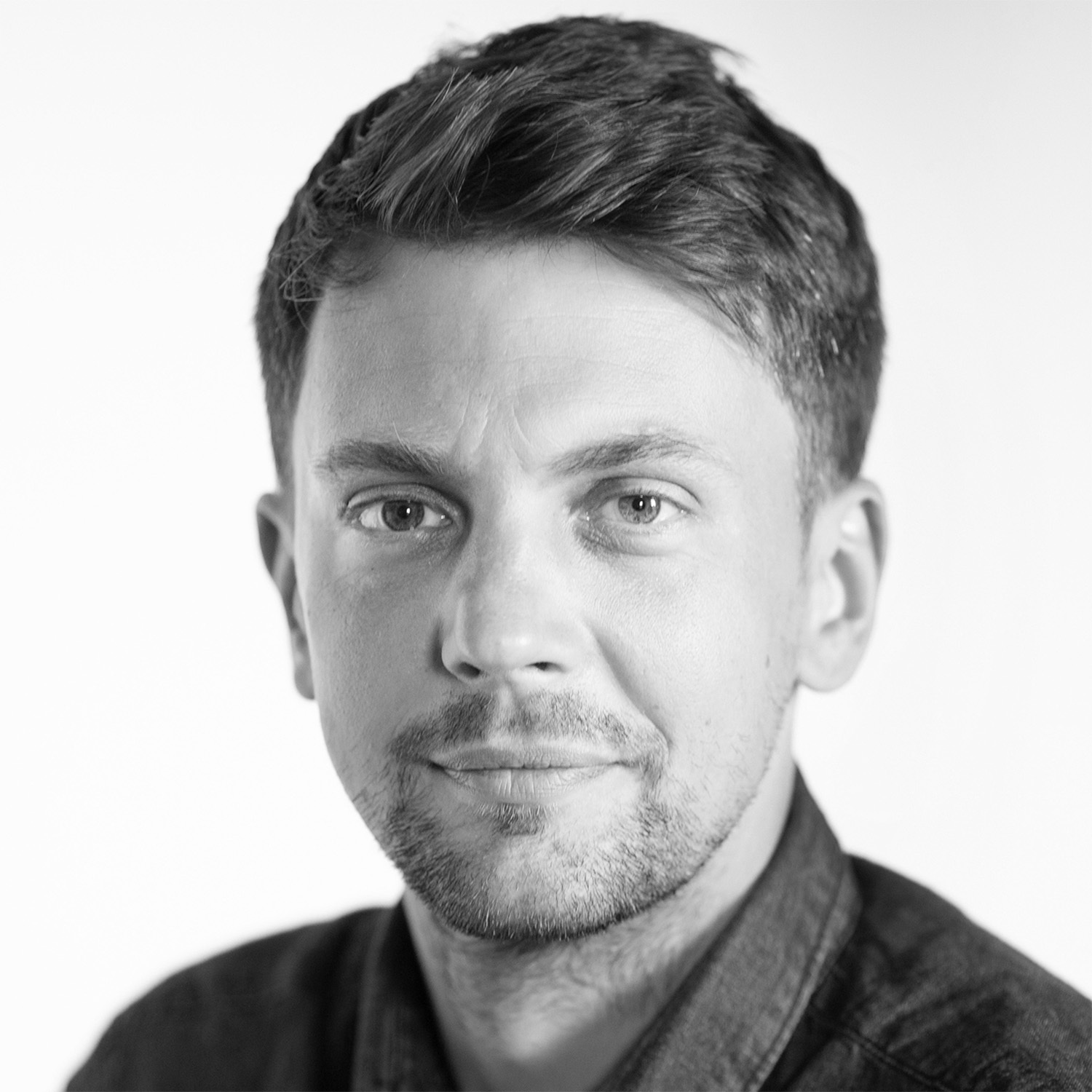Photographs by Tom Pilston, Phil Magowan/The Observer
The noise is constant and all-encompassing and, more than anything else, loud. Deafeningly, ear-splittingly loud. So loud that it feels, initially, almost violent: a discordant orchestra of hammering and ratcheting and engines. Engines growling and snarling and screaming, a sound so piercing it seems to split the sky.
The effect is percussive, right up until the point that it is not. The noise never abates, never dwindles, but after a while it fades into the background, drifts to the edge of consciousness. It is the difference between hearing and listening. Only when it stops, in those lacunae of quiet, do you realise quite how loud it was. The silence, the sudden absence of sound, is somehow more arresting than the noise.
Death is, as a rule, something we prefer to swaddle in euphemism. The matter-of-fact words can feel too harsh, too cold, too brutal. Instead, we try to discuss those who have passed, to think of those who are no longer with us, to remember those we have lost. It is a subject that we struggle to look in the eye.
Motorcycle racing, in that sense, is no different. Not quite two weeks ago, at the opening event of the British Superbike season at Oulton Park in Cheshire, two riders were killed in what the sport refers to as a “chain reaction” crash.
As the field of racers approached the first corner on the first lap of the circuit, one of their number wobbled – by just a fraction – and fell. The first corner is largely considered the most dangerous, by simple virtue of the fact that because at such an early stage of the race, the riders are so close together. One brought down another, who brought down another in turn. In all, 11 bikes were involved.
Most of the riders walked away with minor injuries. One, Tom Tunstall, suffered significant back and abdominal injuries, including a broken bone in his neck. He remains in hospital. But two, Owen Jenner, a 21-year-old from Crowborough, East Sussex, and Shane Richardson, a 29-year-old New Zealander, did not survive.
On Friday, the sport gathered for the first time since that race, for the second event of its season at Donington Park, Leicestershire. It made no attempt to disguise its grief. Images of Jenner and Richardson were beamed onto a giant screen in the heart of the paddock. “Always in our hearts,” the slogan above them read. Stickers bearing their race numbers, 28 and 86, were handed out as mementoes.
Remembering, though, is one thing; vocalising is quite another. Many riders were approached in the last few days to give their memories of Jenner and Richardson, or asked for their accounts of what happened. Most have refused. Those who have felt able to do so tended to address it, as we all would, obliquely. Stuart Higgs, the series director, generally refers to it as “the incident”. Instinctively, he talks of the two “fatalities”. It is more formal, more clinical, less close.
This is how we all deal with death, when the pain is so new, when the wounds are so raw. Grief is manifest in silence, in the things we do not say. In this sense, though, motorcycle racing is different. It is difficult to discuss not because it is ordinarily absent, but because it is present, so present that it fades into the background.
Richardson’s and Jenner’s colleagues,friends and peers were still in the first throes of loss. They were were grieving and hurt. And now they were here, about to get back on their bikes.
Subcultures used to take commitment. To be a skater, or a goth, or whatever involved physically going to places: a shop, a park, a concert. It required you to acquire certain clothes, to listen to certain songs. It was something that you lived. That has changed with the internet. It is now perfectly possible not only to declare membership of a culture online, but to pick up and dispense with those cultures on a whim, to move seamlessly between them with every selfie, every reel, every post. As the writer Yomi Adegoke has put it, tribes have given way to trends.
That is not true of bike racing. It is possible to engage with it remotely, of course: to follow the riders and their teams on social media, to watch their YouTube videos, to tune into the races broadcast on TNT Sports. For its core audience, though, it remains what Phil Scarisbrick – lifelong fan, volunteer race marshal, part-time writer – calls “an immersive experience”. There are 11 British Superbikes events over the course of a year. Each one might attract as many as 40,000 fans, and requires hundreds of volunteers to give up their time. Often “you see many of the same faces”, Scarisbrick said. “We are all part of the same circus.”
Bike racing rarely intrudes on the national consciousness. It has produced a couple of breakthrough stars – Barry Sheene, Carl Fogarty – but much of the time it is granted the spotlight only in its lowest moments. To put it bluntly, the media and the country pay attention when someone dies.
They generally make little distinction between track and road racing, the sport’s separate disciplines: the deaths at Oulton Park will be mentioned not just in the same breath as that of Chrissy Rouse, who died at a British Superbikes event in 2022, but also those killed during the Isle of Man TT. At least one rider has died in almost every edition of that road race this century; in 2022, six were killed. The Mountain Course, as it is known, has claimed 269 lives since it was first raced in 1907.
Even then, interest is fleeting. Higgs and his colleagues were besieged in the immediate aftermath of Oulton Park and asked how to make their sport safer; by the time Donington arrived, the one television network that asked to attend had apparently decided against it. Sorrow and fury over the deaths of horses in the Grand National, for example, lasts considerably longer.
Bike racing, more often than not, is left to exist as what Dave Neal, the host of the Off Track podcast, calls a “self-contained world”.
It is not immediately apparent why that might be. There may be some lingering class stigma, a sense that it is somehow a more working-class pastime than other forms of motorsport. That image is likely outdated, at best: petrolhead cuts across most categories of identity.
The effect, though, is that bike racing has its own media, its own sponsorship economy – bike manufacturers, equipment providers, and smaller investors, drawn to the sport by nothing more than affection for it – and its own community. Within a couple of days of the accident, crowdfunding drives for the families of Jenner and Richardson had raised £50,000, each, driven largely by appeals on Facebook.
And like any distinct culture, it has its own mores. The sudden surge of interest after Oulton Park provoked no little resentment, a feeling that the sport they love was under threat. “We have got a great sport here, with some brilliant people,” Neal said. “Where are you for the good bits?”
Most of all, it seemed to speak to a lack of common understanding, a barrier of comprehension between one world and another. Many of the tributes not only pointed to the fact that Jenner and Richardson died doing what they loved, but made it plain they would expect their friends to continue racing. The riders know that attitude is difficult for people to understand, that it is hard to grasp a story like that of Michael Dunlop, a road racer who has lost a brother, father and uncle on the roads but continues to race.
“I train with a lot of boxers,” said Leon Haslam, a former British champion and, at 41, one of the tour’s older riders. “They can’t get their head around getting on a motorbike and doing what I do. But I can’t get around getting in a ring and someone punching me in the head. It is not a job or a hobby. It is a life.”

In his case, it is the only life he has ever known. His father, Ron, was a world champion. He also lost two brothers to bike accidents. There are many others like him. They tend to say it is in their blood. But what they mean is that this is their world, and they understand its values. It is a world that involves, on a fundamental level, very serious risk. It is a risk they are prepared to take.
Slowly, over the course of their first day at Donington Park, Paul Thompson and Jake Willacy found that people did want to talk. Both outsiders to the sport, to the world, they had attended on Higgs’s invitation. He had wanted to provide someone for his riders, his staff, anyone affected by what had happened at Oulton Park to talk to, but he worried many would be reluctant to see a grief counsellor on a race weekend. Thompson and Willacy, as performance and wellbeing coaches, might stand a better chance.
They had been given the use of a box, ordinarily reserved for hospitality, but found that only a handful of people voluntarily sought them out. Instead, they found themselves wandering through the paddock. “If you meet them in a place where they’re comfortable, if you start with a question about how their lap went, they start to talk,” said Thompson. “And pretty soon, they’re talking about it.”
It is, he suggested, the parents who suffer most, the ones watching their sons go and ride, rather than riding themselves. “One of them told us that he won’t sleep until Sunday night, until the meeting is over, and he knows his son is back safe,” Thompson said. “They’ve done all they can at that point. They’re not in control any more.”
The last 10 days have been draining for Higgs, too. “Every now and again it catches me,” he said. Like everyone involved in the sport, he accepts what happened at Oulton Park was a “freak” accident, a “catastrophic” event that could not have been avoided. It was not a failure of equipment, and the first medic attended to the first rider to fall within four seconds.
‘One parent told us he won’t sleep until Sunday night, until the meeting’s over and his son is back safe’
Paul Thompson, coach
“Motorsport does carry risk,” he said. “Our job is to minimise that as far as we possibly can.” It is something he takes intensely seriously. At Donington, he will have as many as 300 marshals around the course, along with medical staff on permanent alert. “The safety measures are continually improving,” he said. “We have laboratory-engineered barriers that you can hit at high speed and walk away. We have reconfigured tracks. We don’t have the budget of Formula One, but I think we are at the cutting edge for safety.”
That has not stopped him questioning whether there was something more that could have been done, dwelling on what happened. “I see my job as to look after everyone else,” he said. “But every now and again it catches me.”
The ones who seem to have processed it best, as far as Thompson can tell, are the riders themselves. “They’re really calm,” he said. “It’s almost as though the adrenaline high from racing is so much that nothing else really raises their resting heart rate.”
He and Willacy spoke to the family of one rider involved in the crash; he had suffered from nightmares for two nights, worrying it had been his fault. Eventually, he had watched it back, and realised there was nothing he could have done. He slept again after that. “They’re in control,” Willacy said. “Being on the bike is normal for them.”
To Thompson, that suggests that “your brain adjusts to your environment. It shapes your thinking.” To get on a bike, to hurl it around a track at 150mph, is to have a different risk profile to most others. They know what might happen. They have, tragically, all seen it happen. And, as hard as it can be for outsiders to understand, as much as it stands at odds with our desire to minimise risk, they accept it.
At 12.45pm on Saturday, silence descended on the paddock. The riders lined up on the track, gathered around images of Jenner and Richardson. Together with the whole travelling circus, the mechanics and the engineers and the marshals and the fans, they stood still and quiet. In that moment, they did not need to say anything. They were looking it in the eye.
And then, once more, the engines growled and snarled and rasped and screamed, the noise piercing and slicing the air.

